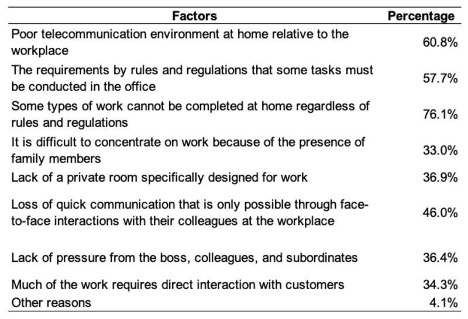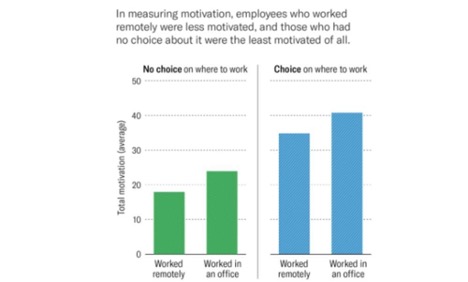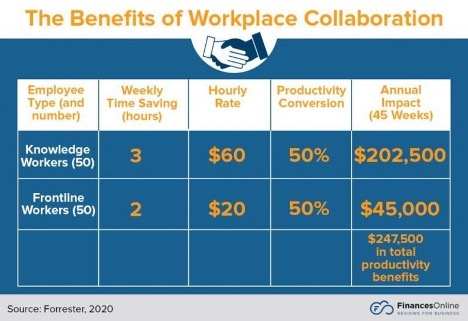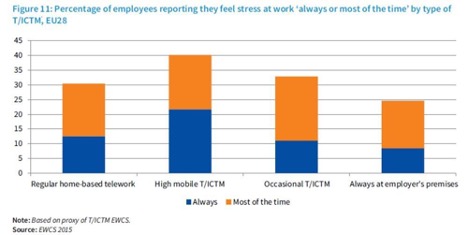
Many companies are moving towards a system of remote or hybrid work. It’s a trend that’s accelerated greatly over the last few decades. While this shift in the way we work does hold many advantages, it does require changes in how you track and manage employee performance issues.
This guide will take you through several root causes of poor performance among remote teams. I’ll then give you six effective tips on how to address these issues.
Why Do Performance Issues Occur in a Remote Team?
The sudden switch from on-site to remote teams took many companies by surprise. Sure, a few organizations were already working towards it, but the majority were unprepared for the new normal.
From a company’s perspective, virtual teams pose a new managerial challenge. With the employees working from their homes, managers no longer have the luxury of in-person oversight. As a result, identifying and dealing with employee performance issues has become increasingly difficult. The lack of extensive experience and remote team management skills doesn’t make things any better.
From the employees’ angle, remote work introduced a new set of problems. For starters, the line between personal and working hours has grown very blurry. Most professionals are also forced to work in poor conditions due to the neverending distractions at home.
We also cannot ignore the impact of lack of personal interaction on employees’ performance. Many remote employees feel isolated, and this ultimately affects their output.
Here is a breakdown of other factors affecting WFH productivity as reported by several firms:
Now let’s look at how you can address these issues to optimize the performance of your virtual team.
How to Deal with Remote Performance Issues
Work-from-home will be here for some time. In fact, it may be the future for many organizations. Therefore, it only makes sense to readjust your operations and deal with the employee performance issues.
Here is how you can do it:
1. Keep the lines of communication open
Efficient communication plays a pivotal role in the success of remote teams. Remember, your team doesn’t have the privilege of one-on-one meetings anymore. So, if you do not provide effective alternatives, operations will halt, and performance will suffer.
The good news is there is no shortage of remote communication tools.
Skype and Zoom are incredible video conferencing platforms for your team meetings. They’ll help you and your managers stay in touch with remote employees.
They’re also great for keeping employees motivated because lack of motivation is a massive problem among remote teams, as the Harvard Business Review reports.
Messaging applications like Slack also offer the quick communication necessary to keep your team updated. Moreover, they encourage interactions between your staff, making work-from-home feel less isolating and boring.
2. Implement performance-enhancing tools
Sometimes the solution to remote employee performance issues is as simple as adding productivity tools to your workflow.
Consult your IT department and identify applications that can enhance the performance of your team. A quick Google search will also give you a list of such tools.
The good thing here is that most of these applications are absolutely free, yet you’ll enjoy vast benefits.
You may also want to consider working with a website design agency to enhance the infrastructure of your remote teams. Every employee should be able to access the tools and website content they need to do their jobs with ease.
3. Create an environment where people are held accountable
Building accountability within your team solves almost half of the performance issues.
But, how do you build accountability?
Partner with your team to create a list of reasonable expectations from each employer. Let them understand what is expected of them in terms of tasks, deadlines, and working hours.
They should also understand the implications of not meeting these expectations.
However, don’t try to micromanage your team. Assign the tasks, provide virtual communication tools, make time-sheet apps available, then trust them to get the job done.
4. Pose open-ended queries
Uncomfortable discussions are necessary when addressing lackluster performance. You’ll have to call underperforming employees and ask some tough questions to understand why objectives are not being met.
One of the best ways of getting the best out of these discussions is by posing open-ended queries. These questions are good for your managers as well as the employees.
For instance, a question like “Why wasn’t this objective completed within the set timeline?” can give you lots of insights on how to improve your operations. Maybe your team needs a new tool to work better. Or perhaps your objectives and schedules are a bit too tight for some employees.
Whatever the issue is, open-ended queries will help you identify and resolve them effectively.
From the employee’s point, these questions trigger self-examination. Even better, it helps them know what they can do differently for better outcomes next time.
5. Be helpful rather than retaliatory.
Your approach in resolving employee performance issues has a direct effect on the success of your remote team.
Do not take a punitive path. Working in isolation from home is already stressful as is.
So talk to your staff to find sustainable solutions. Reiterate your support for them, and be sure to follow through on the promise. In exchange, ask them to pull their weight and meet you in the middle.
The approach will give you better results than anything you can get from punitive solutions.
6. Establish a system for conducting remote performance reviews
Create a sound performance review structure for your remote team. Set SMART goals, so employees know what is expected of them. Use the reviews to give your remote employees feedback on their performance.
You should ask staff for their feedback as well. How do they like a newly introduced workflow? Are there any changes that can help them perform better?
Wrapping Up
In this review, I took you through some of the causes of poor performance among remote teams. Not only that, but I also gave you practical tips on how you can resolve these issues.
Maintaining an open line of communication, creating an accountability culture, asking open-ended questions, and conducting remote performance reviews are some of the best solutions.
You must also strive to support your team. Don’t punish them for falling short. Instead, give them your support by adding performance-enhancing tools and improving your workflow constantly.
With these tips, we’re confident that you’ll resolve any remote-team performance problems you’re experiencing. They’ll also help you catch some issues long before they affect your team.







